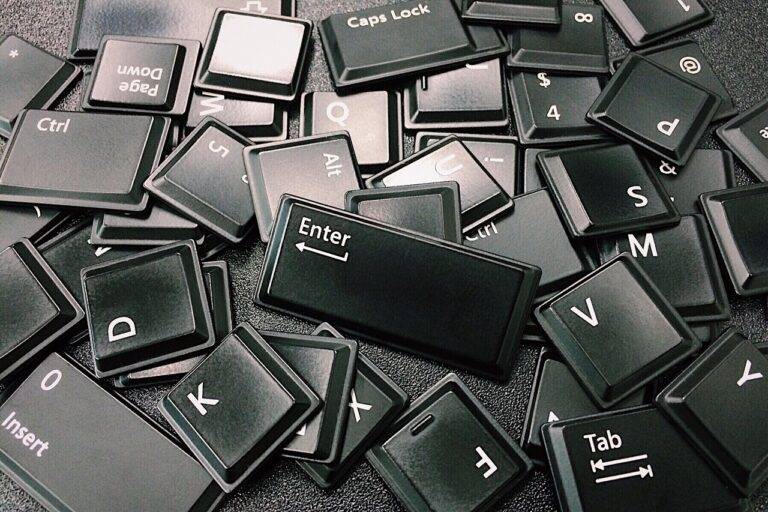Understanding Blockchain Technology and Its Applications
Blockchain technology is a decentralized and distributed digital ledger that records transactions across a network of computers. These transactions are stored in blocks that are linked together in a chain, hence the name “blockchain.” Each block contains a timestamp and a cryptographic hash of the previous block, creating a secure and transparent system.
One of the key features of blockchain technology is its immutability, meaning that once data is recorded in a block, it cannot be altered without changing all subsequent blocks. This ensures the integrity and security of the information stored on the blockchain. Blockchain is most commonly associated with cryptocurrencies like Bitcoin, but its applications extend to various industries such as supply chain management, healthcare, and voting systems.
The History of Blockchain
Blockchain technology was first conceptualized in 1991 by Stuart Haber and W. Scott Stornetta. Their idea aimed to create a system where timestamped documents could not be tampered with or backdated. However, it was not until 2008 that the concept of blockchain as we know it today was introduced by an anonymous person or group known as Satoshi Nakamoto, in a whitepaper titled “Bitcoin: A Peer-to-Peer Electronic Cash System.”
The breakthrough Nakamoto introduced was the use of a decentralized and distributed digital ledger to record transactions across a network of computers. This ledger, made up of blocks of data linked in a chain through cryptographic principles, eliminated the need for a trusted third party in verifying transactions. Bitcoin, the first cryptocurrency utilizing blockchain technology, was then created in 2009 as a decentralized digital currency operating on a peer-to-peer network.
• Blockchain technology was first conceptualized in 1991 by Stuart Haber and W. Scott Stornetta
• Their idea aimed to create a system where timestamped documents could not be tampered with or backdated
• In 2008, the concept of blockchain as we know it today was introduced by an anonymous person or group known as Satoshi Nakamoto
• Nakamoto’s whitepaper titled “Bitcoin: A Peer-to-Peer Electronic Cash System” introduced the use of a decentralized and distributed digital ledger
• This ledger is made up of blocks of data linked in a chain through cryptographic principles
• The use of blockchain eliminated the need for a trusted third party in verifying transactions
• Bitcoin, the first cryptocurrency utilizing blockchain technology, was created in 2009
The Basics of Blockchain Technology
Blockchain technology is a decentralized and distributed ledger system that securely records transactions across a network of computers. Each block in the chain contains a list of transactions, and once a block is filled, it is added to the previous blocks, creating a chronological chain of information. This structure enhances transparency and security by making it difficult for any single entity to manipulate or corrupt the data.
One of the key features of blockchain technology is its immutability, meaning that once a block is added to the chain, it cannot be altered. This ensures the integrity of the data recorded on the blockchain and helps to prevent fraud. Transactions recorded on a blockchain are verified by a network of computers through a consensus mechanism, such as proof of work or proof of stake, which adds an extra layer of security to the system.
What is Blockchain Technology?
Blockchain technology is a decentralized, distributed ledger that records transactions across multiple computers in a secure and transparent manner.
How does Blockchain work?
Blockchain works by creating a chain of blocks that contain transaction data. Each block is linked to the previous block in a chronological order, forming a continuous chain of transactions.
What are the key features of Blockchain Technology?
Some key features of Blockchain technology include decentralization, transparency, immutability, and security.
Why is Blockchain considered secure?
Blockchain is considered secure because each block is linked to the previous block using cryptographic hashes, making it difficult for hackers to alter the data without being detected.
Can Blockchain be used for purposes other than cryptocurrency?
Yes, Blockchain technology has a wide range of applications beyond cryptocurrency, including supply chain management, voting systems, healthcare records, and more.





